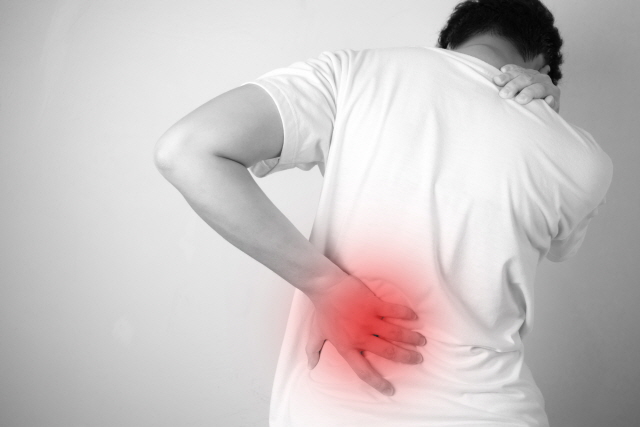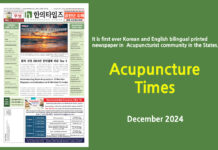
The Symptoms are Usually Seen in 50 + Old and More on Females
By Winston Lee L.Ac., Ph.D., KMD
Spinal stenosis is not a narrowing of the space between the vertebrae but rather a narrowing of the spinal canal through which the spinal cord travels.
The spinal cord is essential because it is the origin of nerves that travel throughout the body, except for the head. So, it is protected by solid vertebrae, ligaments, and muscles. As we age or due to genetics, the canals that run through these vertebrae can narrow for various reasons, compressing the spinal nerves from the anterior, posterior, and lateral. This can cause tingling in the limbs they travel or severe neck, back, and lower back pain.
However, the characteristics of back pain from stenosis differ from those of a herniated disk. For one with stenosis, the pain worsens when they extend back or after long walks. A herniated disk worsens as it is bent over at the waist and sits for long periods.
According to various papers from around the world on spinal stenosis, more than 90% of patients are over 50 years old. In other words, stenosis rarely occurs in people under 40. The same studies also show that women are almost twice as likely to have spinal stenosis as men. There are many reasons why women are more affected than men, but one of the main ones is the decline in female hormones due to menopause.
Most women begin menopause in their late 40s or early 50s, and as female hormones decline, bone density decreases, and the ligaments and muscles that support the joints and spine weaken. At the same time, repetitive housekeeping during this period accelerates the degeneration of the musculoskeletal system. Cooking, cleaning, and other household chores put a lot of strain on a woman’s body, especially on her spine and joints during menopause in her late 40s or early 50s. Due to degenerative changes, the edge of vertebrae becomes sharply overgrown, which can touch the nerves, and the connective tissue that supports the vertebrae and nerves becomes thicker and stiffer due to prolonged use, narrowing the spinal canal and compressing the spinal nerves.
To prevent it, patients need to change their daily posture and habits. They should stretch their back, hips, thighs, and calves occasionally to reduce tension and time spent standing or sitting for long periods. They should also move as often as possible to reduce the strain on muscles and ligaments.
Heated pads are an inexpensive but effective way to rehabilitate muscles and ligaments. Patients with degenerative pain should be encouraged to apply a heated pad to their lower back or pelvis for 10 to 20 minutes daily. Studies worldwide have proven that this reduces pain and slows the speed of degenerative changes.
On the other hand, to be more proactive and prevent this type of stenosis, you should also tell your patients to exercise correctly. Walking is one of the easiest and takes little time or money. Unless the stenosis is so advanced that even a 10-minute walk causes tingling or pain, a steady daily walk of 20 to 30 minutes prevents degenerative changes. However, in this case, they should avoid walking for longer than 40 minutes at a time. Swimming or just walking in the water can also be very beneficial. Once they are in the water, the buoyancy of the water provides a safe and natural decompression therapy.
If they are looking for a more active approach to treatment, they should consider Eastern medicine, which includes acupuncture and herbal medicine, which have strengths for chronic degenerative conditions. Acupuncture reduces pain by releasing deep muscle tension in the lower back and pelvis. Appropriate natural herbal medicine can reduce accelerated degenerative changes in the vertebrae and ligaments and strengthen nerves damaged by pinching and compression. I have seen in my own experience that three to four months of consistent treatment with these herbal formulas works better than any other Western treatment, considering the outcome years down the road, not just immediately.































